| One Ford, two Fords, e-fords, Blue Fords |
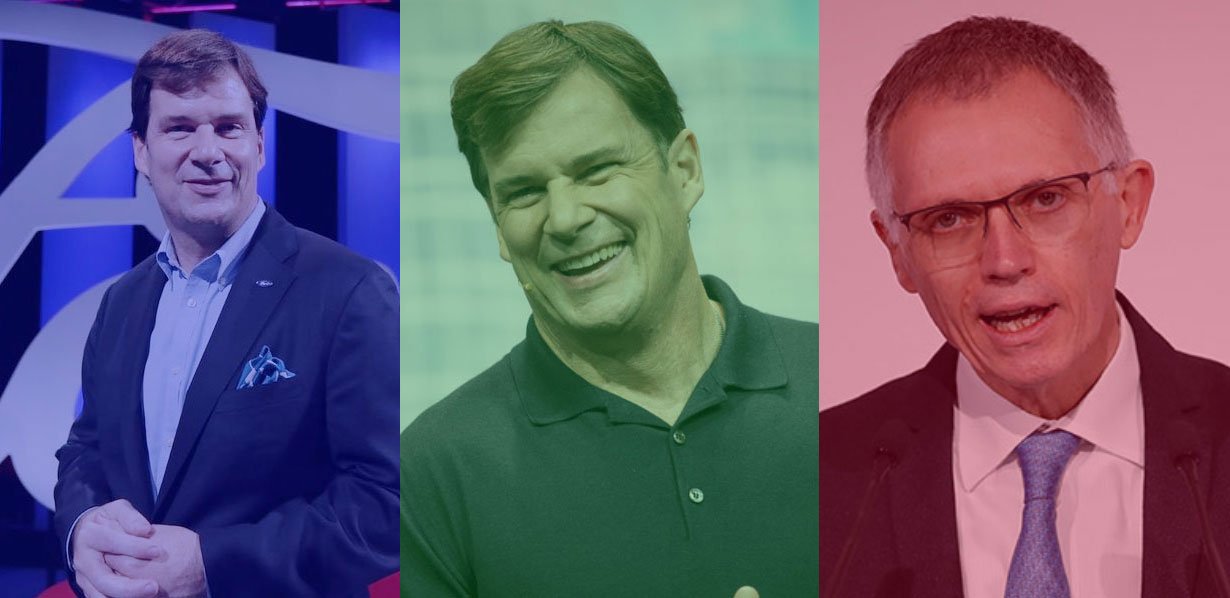
Alan Mulally’s called his plan to unify Ford Motor Co.’s longtime factions and silos One Ford.
Now, Jim Farley is creating two Fords: Ford Blue for the F-150s, Broncos and other gasoline vehicles the company sells today; and Ford Model e, the electric vehicle side. The head of Model e — that definitely won’t be confusing for a company with a vehicle called the Mach-E — is none other than Farley himself.
It’s not as drastic as a complete spinoff of the EV business, which some on Wall Street had been hoping for to unlock value. But it sure looks like a reversal of the Mulally doctrine that everyone at Ford should act and feel like they’re on the same team, even as Farley encourages collaboration between the two sides.
It will mean some big changes for dealers and is the kind of move that could ultimately define Farley’s legacy, as Automotive News‘ Ford reporter, Michael Martinez, highlights in two stories on Page 1 of this week’s issue.
Farley’s full-throated enthusiasm about EVs contrasts with what workers in another corner of southeast Michigan are hearing from Stellantis boss Carlos Tavares, who has gainfully replaced the late Sergio Marchionne as the most blunt-spoken Detroit 3 CEO.
Tavares spent last week laying out his automaker’s EV plans while simultaneously complaining that electrification is being forced on the industry by pandering politicians. To make EVs at a price Americans can afford, Tavares says suppliers are going to have to take a haircut. But rather than getting angry at Stellantis for saying so, he suggests in another story on Page 1 this week that suppliers should appreciate the candor they’re not getting from other automakers.
So that’s where we are as the EV era dawns in Detroit. But I don’t think “Two Fords” and “Blame the Politicians” work as well on laminated wallet cards as Mulally’s mantra did.
 |
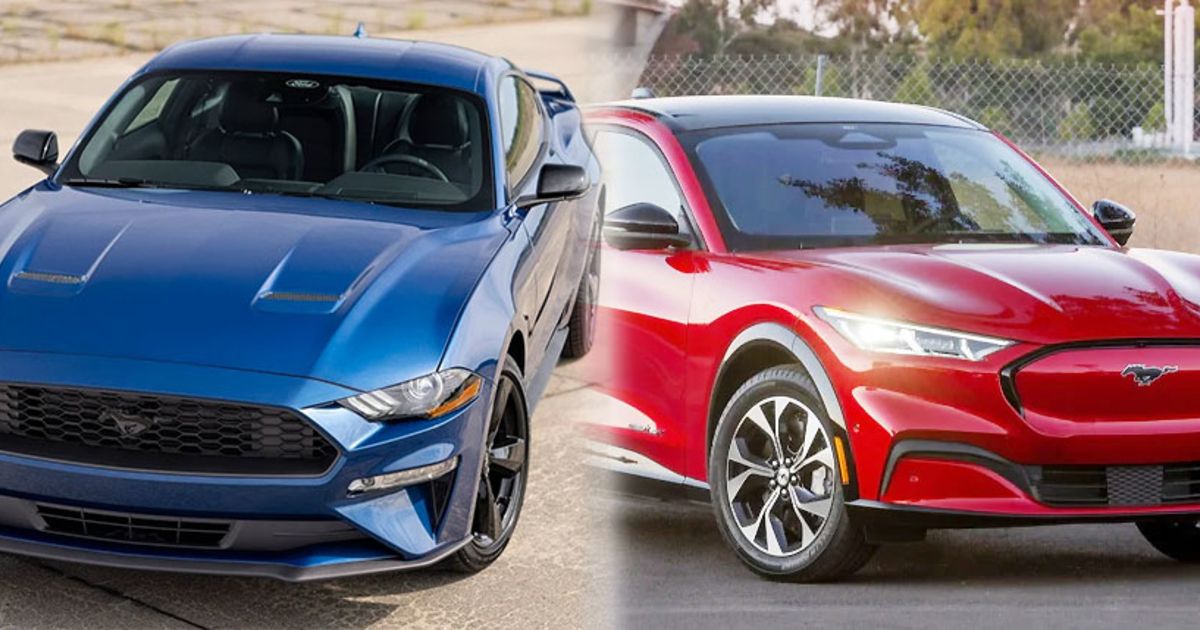
 |
In Monday’s Automotive News:
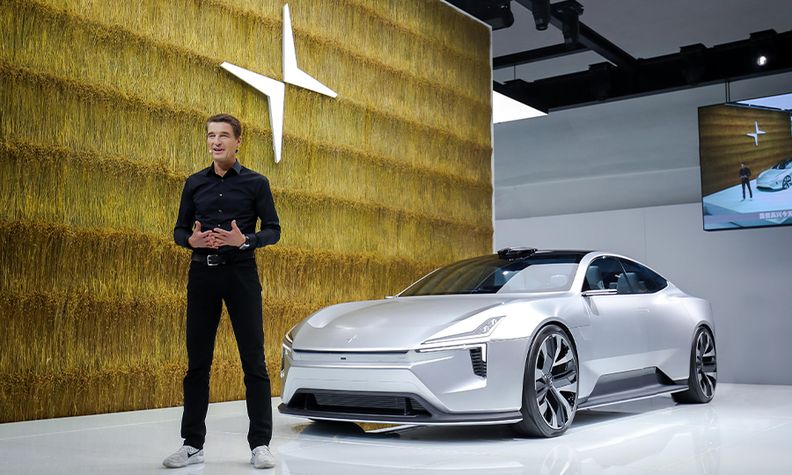
Polestar’s startup culture: Automotive News speaks with Polestar CEO Thomas Ingenlath about how the electric vehicle maker’s startup-like culture enables it to do more with less. Ingenlath also reveals a weapon that most startups lack — access to the engineering, manufacturing and sales infrastructure of a deep-pocketed automotive conglomerate.
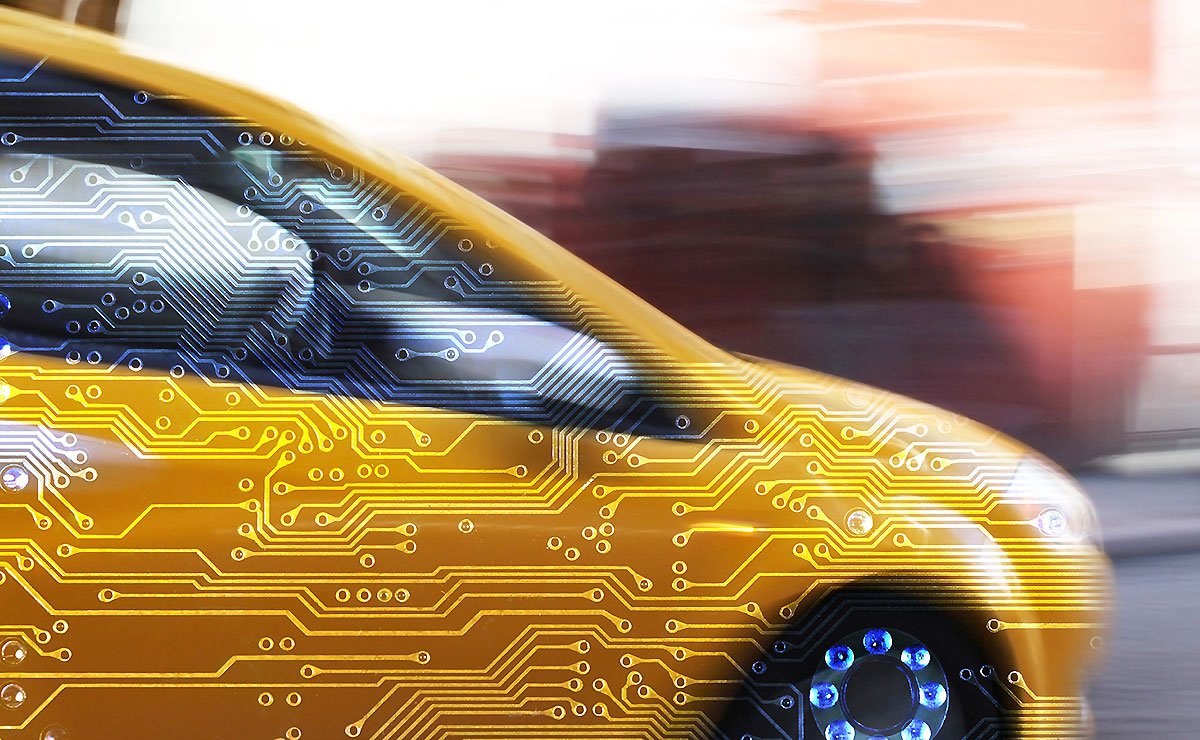
Do over-the-air updates cost dealers money? Dealers in West Virginia are pushing for major changes to the state’s franchise law that would define their role in vehicle reservations and when a dealership should be compensated after over-the-air updates are performed by an automaker. The House-passed bill now heads to the Senate while the state’s dealer association and automakers continue to negotiate the language.
Weekend headlines
Piston Group to keep minority certification for now: Piston Group LLC will maintain its certification as a minority business as its legal fight with the Michigan Minority Supplier Development Council plays out in court, judges decided last week.
 |

Greg Kelly trial ends: A Tokyo court has found ex-Nissan executive Greg Kelly guilty of playing a role in helping former boss Carlos Ghosn allegedly hide more than $80 million in deferred compensation, but cleared him on the bulk of the allegations in a closely watched trial. Kelly, 65, was given a six-month suspended sentence and maintains his innocence. He may soon be free to return home. The trial turned an unflattering spotlight on Japan’s legal system and the country’s attractiveness as a place to do business.
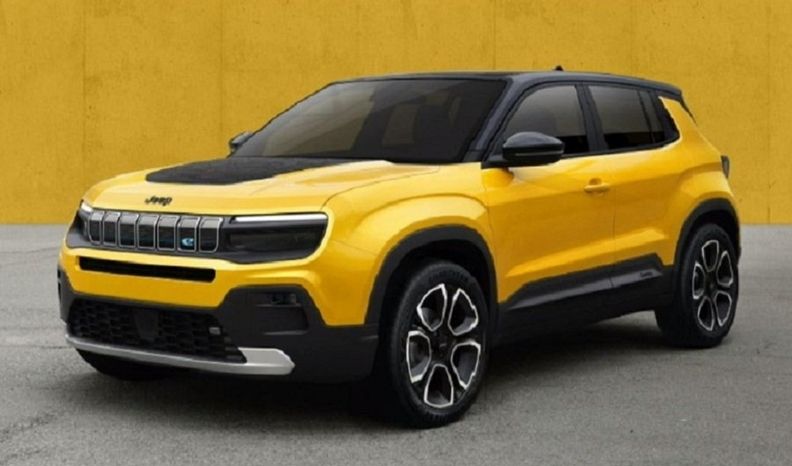
Stellantis’ strategic plan: The automaker outlined its plan to maintain double-digit returns through 2030 as the company speeds up the electrification of its sprawling model lineup across brands including Jeep, Ram, Peugeot and Fiat. The Dare Forward 2030 plan also targets doubling net revenue to $335 billion a year by the end of the decade by cutting costs and deriving extra revenue from new services.
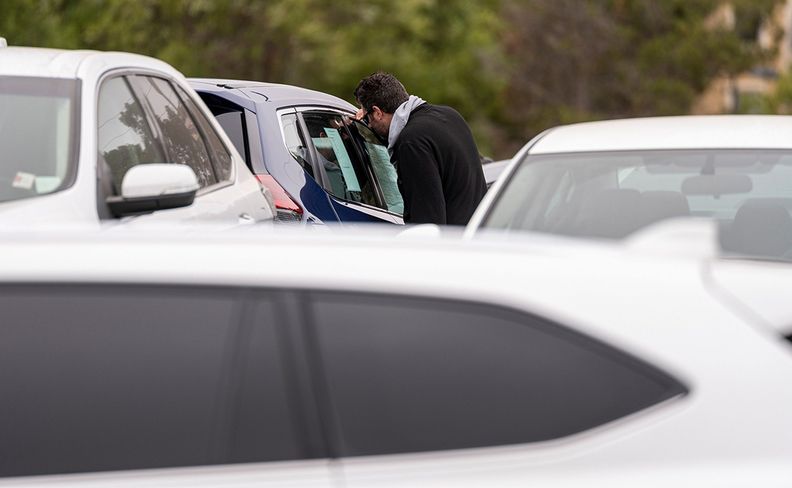
February sales plunge: The seasonally adjusted U.S. auto sales rate fell to 14.15 million in February, down from 15.2 million in January but still ahead of the rates posted for the last five months of 2021. Deliveries at Hyundai, Kia, Genesis and Mazda rose despite bearish forecasts. But Toyota fell 11 percent, Honda 21 percent and Ford 21 percent as the chip shortage continues to crimp inventory.
 |
 |
 |
March 6, 2019: The last Chevrolet Cruze compact sedan is built at General Motors’ plant in Lordstown, Ohio. When it launched in the U.S. in 2010 as GM’s answer to Japan’s dominant small cars, then-GM North American boss Mark Reuss and then-Gov. Ted Strickland were at the plant to usher the first Cruze out. It was a sign of the high hopes vested in the car and the small-car factory in the aftermath of the automaker’s bankruptcy. While the Cruze was an early success and a popular model globally, those hopes didn’t fully pan out. As the factory run neared its end, a video posted on social media showed the last car making its way through early production stages with a hand-scrawled cardboard sign in its rear window that read: “THE LAST CRUZE.” Later photos showed the same vehicle painted white, with an American flag draped over its hood and a new cardboard marker on the front, complete with sad face. Lordstown was the first of five North American plants scheduled to end production as part of a restructuring GM announced in November 2018.
